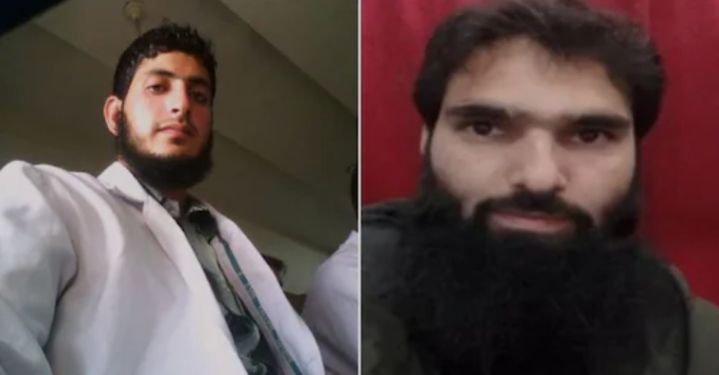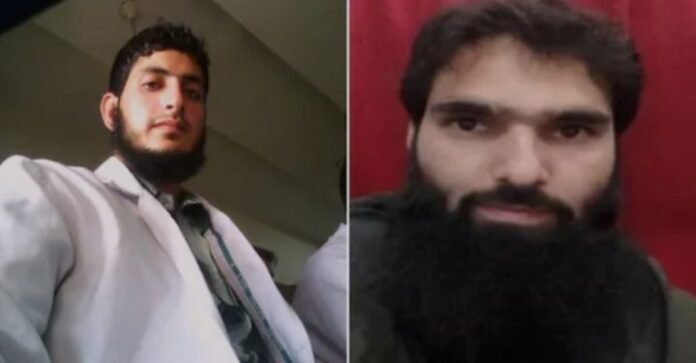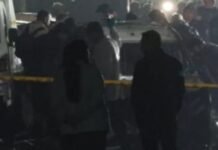In a major security breakthrough, authorities have recovered nearly 350 kilograms of suspected explosives, along with arms and other incriminating material, from Faridabad in Haryana. The operation, carried out jointly by the Jammu and Kashmir police and Faridabad police, has led to the arrest of two individuals, both medical professionals with alleged links to the terror outfit Jaish-e-Mohammed. The incident has raised serious concerns about possible terror activities being planned from nodes operating close to the national capital.

The investigation began when posters supporting Jaish-e-Mohammed appeared in Srinagar on October 27. Security agencies immediately launched an inquiry, and CCTV footage eventually identified one of the suspects as Dr. Adil Ahmad Rather. He was traced to Saharanpur in Uttar Pradesh, where he was arrested last week. Dr. Rather, reportedly formerly employed at Government Medical College, Anantnag, became a primary suspect after police recovered an assault rifle from his locker at the institution.
During interrogation, Dr. Rather reportedly revealed crucial information that led the authorities to Faridabad. Acting on this intelligence, police recovered 350 kilograms of a chemical substance believed to be ammonium nitrate, an assault rifle, a pistol, three magazines, a walkie-talkie set, and approximately 20 electronic detonator timers. According to officials, these items were found in the possession of another doctor, identified as Dr. Mujammil Shakeel from Pulwama, who was working at Al-Falah Hospital in Faridabad. Dr. Shakeel has also been arrested and is under questioning to determine the scale and origin of the material.
Faridabad Police Commissioner Satender Kumar Gupta stated that investigations are ongoing to determine whether the explosives were intended for a large-scale terror attack in Delhi-NCR or any other region. The scale of the explosives, along with the presence of weapons and detonators, has heightened concerns among security agencies. Sources suggest that the procurement, storage, and planned movement of such materials require significant planning and coordination, indicating the possibility of a wider network.
The case has also highlighted the growing concern over radicalization in professional circles, particularly among educated individuals with access to critical infrastructure. Intelligence agencies are now examining whether the accused had additional associates in medical circles or beyond, and whether they received any external logistical support.
Security analysts have pointed out that ammonium nitrate has previously been used in several high-impact explosions across South Asia due to its accessibility and destructive potential when combined with other chemicals. The recovery of an assault rifle and communication devices further suggests that the accused had access to organized supply channels, possibly linked to cross-border terror networks.
With Assembly elections nearing in several states, including Jammu and Kashmir and Haryana, the timing of this discovery adds another layer of political sensitivity. Security forces are expected to heighten surveillance in areas with strategic and public importance, especially in the national capital region.
The police are now piecing together digital records, communication logs, and financial transactions associated with the accused. Both central and state agencies are coordinating efforts to uncover whether this was an isolated cell or part of a larger operation still active within the country.
This case is likely to spark intense debate over internal security preparedness, radicalization monitoring, and the need for enhanced intelligence sharing between states. As investigations continue, the focus remains on preventing any potential threat that may have been in its final stages of planning.





